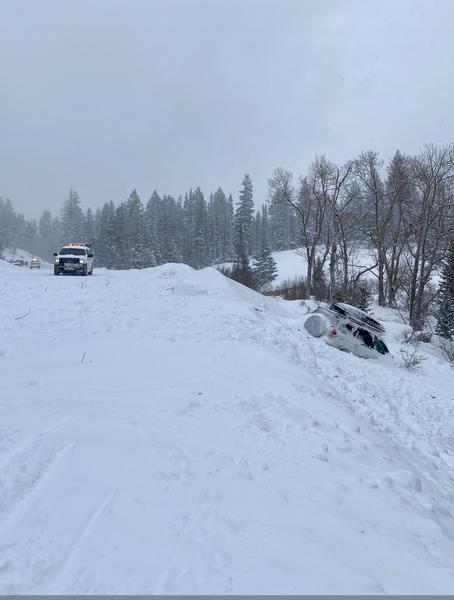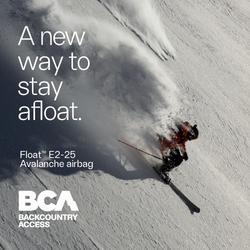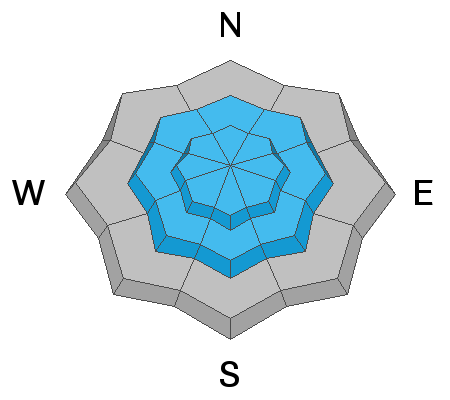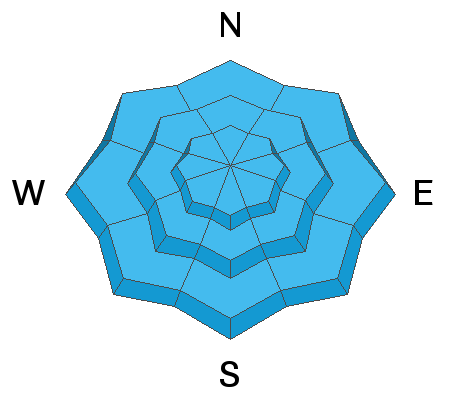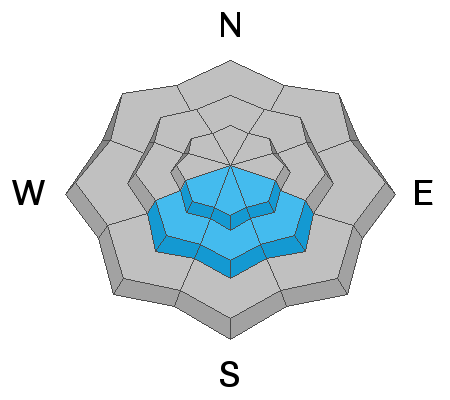Forecast for the Provo Area Mountains

Issued by Mark Staples on
Monday morning, January 13, 2020
Monday morning, January 13, 2020
Today with increased winds and continued snowfall, the avalanche danger is CONSIDERABLE on upper elevation slopes which should have fresh drifts from westerly winds.
Mid elevations are less likely to be loaded by winds and have a MODERATE danger. Low elevations have less snow and less wind and a LOW danger.
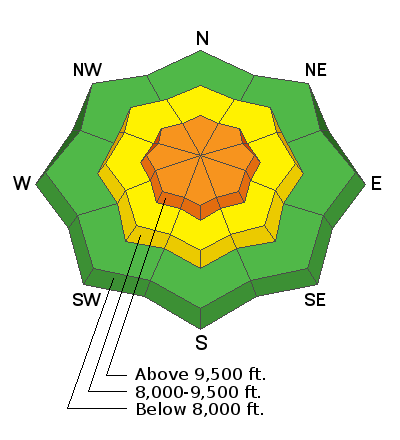
Low
Moderate
Considerable
High
Extreme
Learn how to read the forecast here



